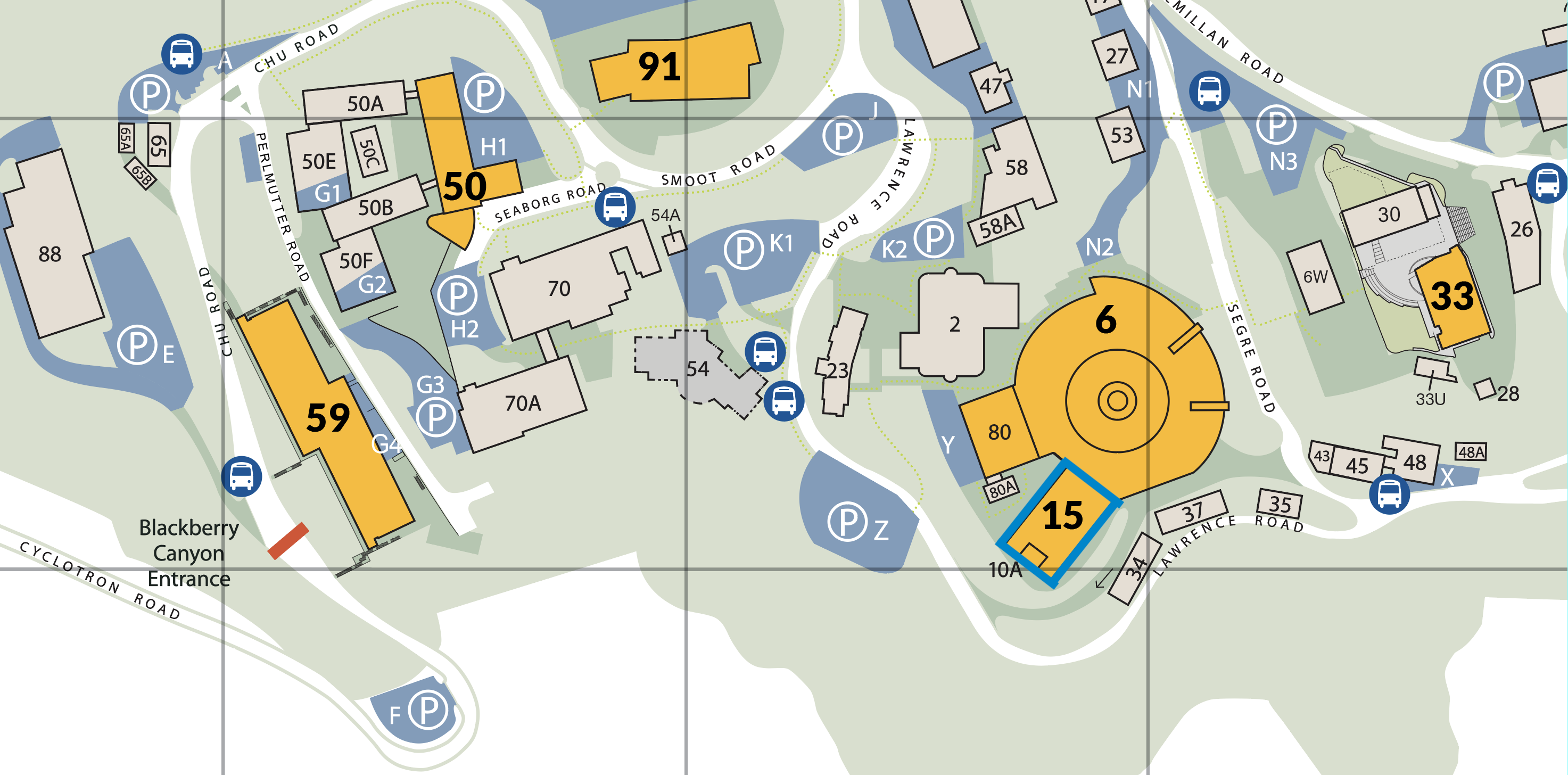<Return to Visioning Workshop page
Visioning Workshop Overview
- Wednesday, September 13–Friday, September 15
- Agenda (click to view)
- Building 15, Room 253

Organizers
- Martin Kunz, co-chair (ALS, LBNL)
- Tamas Varga, co-chair (Pacific Northwest National Laboratory)
- Harold Barnard (ALS, LBNL)
- Michelle Devoe (UC Berkeley)
- Hoi-Ying Holman (MBIB, LBNL)
- Harry Lisabeth (LBNL)
- Matthew Marcus (ALS, LBNL)
- Hope Michelsen (CU-Boulder)
- Brandy Toner (Univ. Minnesota)
Keynote Speakers
- Chinmayee Subban, PNNL
- Kevin Wilson, LBNL
- Jennifer Pett-Ridge, LLNL
- Abby Kavner, UCLA
- Andrew Campbell, UChicago/SEES
- Jocelyn Richardson, Stanford
- Oliver Tschauner, UNLV
Lightning Speakers
- Sharon Bone, SLAC
- Daniel Knopf, Stony Brook
- Greeshma Gadikota, Cornell
- Kimberly Tait, Toronto
- Laura Sofen, Bigelow Lab
- Wen-lu Zhu, UMD
- Jennifer Jackson, Caltech
- Matthew Landsman, LBNL
- Rebecca Metzler, Colgate
Visioning Workshop Description
The Earth and Environmental Science Visioning Workshop will focus on the structure and function of natural systems across spatial scales (from the atomic scale to the macroscale) as well as temporal scales. The high brightness, coherence, and broad spectral range of the ALS’s synchrotron light source allows in situ and operando direct probes of the chemistry and structure of earth and environmental systems to better understand complex processes occurring in natural environments. Our workshop’s goal is to identify key scientific challenges and research opportunities, and envision how ALS’s instrumental capabilities and collaborative partnerships should evolve to address those 10 years from today. Special emphasis will be placed on problems with high societal impact within research focused on the water cycle, carbon cycle, changing climate, environmental stressors, critical zone, geo/mineral physics, planetology, volcanism, bio/geochemistry and geomicrobiology. We solicit new ideas for how the ALS’s multimodal, in situ, high-resolution 2D and 3D imaging, spectromicroscopy, scattering, and diffraction techniques can be used in tandem with traditional laboratory and other techniques to improve our molecular level understanding of earth and environmental phenomena. We will discuss current science drivers, existing and future beamline capabilities as well as computational, modeling, and data science tools that will be able to support future science needs as well as drive the science of the next decade.